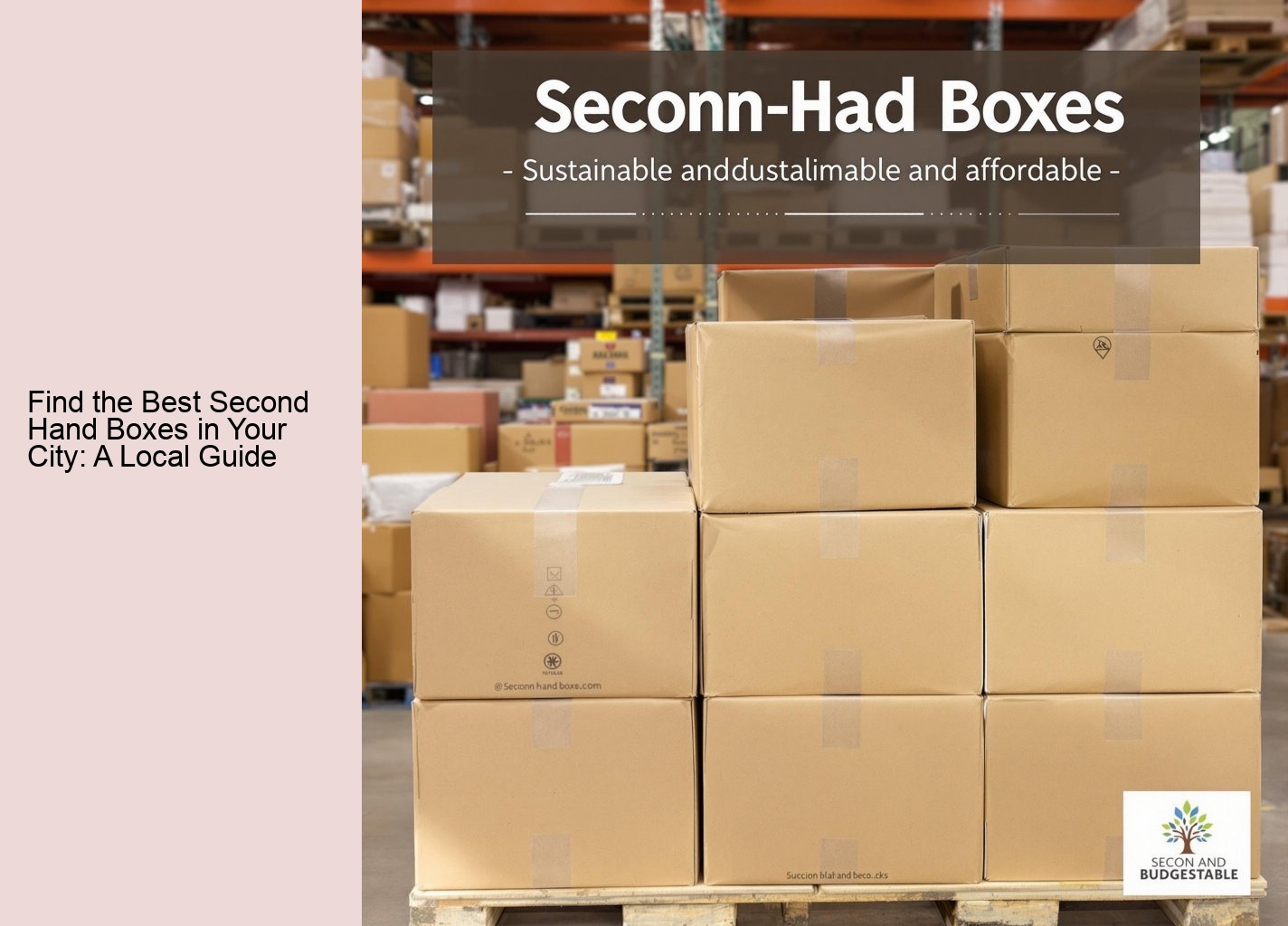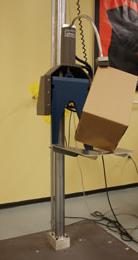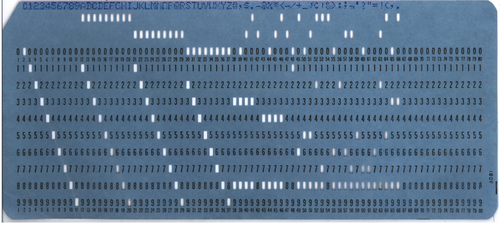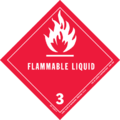Understanding the Different Types of Second-hand Boxes
When it comes to locating means to save cash, most people do not generally consider pre-owned boxes. Best Second Hand Boxes Sydney. However, these frequently ignored products can offer a wealth of cost savings, especially when youre moving, saving, and even shipping products. Understanding the various kinds of used boxes offered can assist you make the most of your spending plan.
One of the most common kinds of pre-owned boxes is the conventional moving box. These boxes are typically made from cardboard and come in a range of dimensions. They are excellent for loading house things for a step. They are additionally prominent for storage objectives. When acquired brand-new, these boxes can be rather pricey, but by selecting second-hand, you can conserve a substantial quantity of money.
An additional type of second-hand box that can provide significant savings is the shipping box. These boxes are typically tougher and designed to secure their contents during transport. Many on the internet vendors or services that often deliver items pick to recycle these boxes to reduce expenses.
Then there are documents boxes, which are commonly used for keeping documents and papers. These boxes are usually smaller sized and much more compact, supplying an organised means to keep vital papers. They can be quite costly when acquired brand-new, specifically the ones with extra features like locks or slots for tags. However, many workplaces commonly have excess of these boxes and market them used at a portion of the original price.
Wardrobe boxes are one more type that can be acquired second-hand. These tall boxes come with a bar for hanging garments, making them perfect for relocating wardrobes. They are usually a lot more costly than other sorts of boxes because of their size and specialized style, but you can save quite a bit if you can discover them used.
Last but not least, there are specialized boxes made for certain items like mirrors, art work, or tvs. These boxes generally come with added padding or reinforcements to safeguard delicate or beneficial items. Due to their specialized nature, they have a tendency to be extra costly. Nonetheless, purchasing them used can help you save money while still ensuring your things are well secured.

To conclude, understanding the various sorts of second-hand boxes can assist you select the right box for your demands and conserve money at the same time.
Find the Best Second Hand Boxes in Your City: A Local Guide - Paper craft
- Paperboard
- Cardboard
- Cardboard Box
Tips for Searching For Quality Pre-owned Boxes
When starting a journey to save money with used boxes, it is important to ensure that you are investing in top quality boxes that will offer their function successfully. This essay will certainly offer you with detailed suggestions on just how to locate quality used boxes.
Firstly, it is essential to determine the appropriate places to source your pre-owned boxes. Check out regional retailers, grocery stores, and storage facilities.
Find the Best Second Hand Boxes in Your City: A Local Guide - Box
- packaging
- cardboard
- paperboard
Once you have actually recognized potential resources, examine the boxes meticulously before acquiring them. Look for any kind of indications of damages such as damages, rips, or water damage. Ensure that they are strong and capable of holding weight without falling down.

Dimension is an additional crucial element to take into consideration when looking for pre-owned boxes. You want to make sure that the boxes you select are suitable for the items you intend to pack. As an example, publications and hefty things must be packed in smaller sized boxes while lighter products can enter into larger boxes.
Stay away from boxes that have been made use of to keep food products. These boxes might attract pests or might have residual scents. In a similar way, boxes that have been utilized to deliver chemicals or hazardous substances ought to be prevented as they may pose health threats.
When examining the top quality of the pre-owned boxes, take note of the sort of cardboard utilized. Double-walled or corrugated boxes are ideal for their toughness and strength.
Bear in mind to think about the sanitation of the boxes. Although you are getting them pre-owned, they must still be clean and presentable. Dirty or stained boxes can be an indicator of overlook and may compromise the quality of the things you mean to save or carry.
Last but not least, ask for the boxs history. Knowing what the box was previously made use of for can give important understanding right into its toughness and viability for your requirements.

In summation, conserving money with second-hand boxes does not mean compromising on high quality. By adhering to these suggestions, you can find second-hand boxes that are not just economical however additionally dependable and efficient. Remember to be person and comprehensive in your search; the excellent boxes are available waiting on you.
Just how to Tidy and Shop Used Boxes for Future Use
Used boxes are a wonderful method to conserve cash, specifically when youre moving, keeping products, or even shipping parcels. Not just do they reduce your influence on the setting, yet they also help you avoid unnecessary expenditures. However, its essential to clean and shop these boxes correctly to ensure their durability and future use. Heres a detailed overview on just how to do that.
First of all, before you can reuse a second-hand box, you require to clean it. Begin by emptying package completely, seeing to it theres absolutely nothing left within. Next, dirt off any kind of loose dust or particles from package making use of a completely dry cloth. For boxes that have been kept in moist places or have spots, a much deeper clean might be needed. Use a damp cloth or sponge together with a mild detergent to clean the surface. Be careful not to saturate the cardboard, as it can compromise the framework. Once the box is clean, allow it dry thoroughly. Placing it in a well-ventilated location or under a fan can speed up the drying procedure.
Once the boxes are tidy and dry, its time to save them. When possible, dismantle the boxes to save area. As you take apart, take care not to tear or damage packages. Shop the squashed boxes in a dry, great location away from direct sunshine. Piling packages flat can help protect against any one box from bearing too much weight and obtaining crushed.
Safeguard packages from dampness as it can create the cardboard to end up being weak and moldy. If you stay in a damp climate, think about storing the boxes off the flooring or placing silica gel packets or dehumidifiers in the storage space area.
Furthermore, try to categorize and classify the boxes based on their dimension or intended usage.
Find the Best Second Hand Boxes in Your City: A Local Guide - Paper craft
- Paper craft
- Paper toys
- corrugated box design
Appropriately cleaning and keeping pre-owned boxes can considerably raise their life expectancy, permitting you to recycle them numerous times. By doing so, you are not just saving money but likewise joining an environment-friendly technique that minimizes waste and assists the setting.
Finally, second-hand boxes are a beneficial resource that should not be ignored. With the appropriate care and storage, they can give an affordable, lasting solution for your storage needs. So next time you stumble upon used boxes, don't discard them. Instead, clean and keep them correctly for future usage. Youll be surprised at just how much you can conserve in the lengthy
Legal and Ecological Ramifications of Making Use Of Used Boxes
The use of used boxes as a way of saving money is a motif that has actually gained substantial traction over the last few years. This technique is not just cost-effective however additionally lines up with the growing international emphasis on sustainability. However, it likewise includes its lawful and environmental implications, which potential customers ought to understand.
Beginning with the lawful effects, it is necessary to note that using pre-owned boxes isn't a free-for-all. There are lawful boundaries created to safeguard both the previous and future users of these boxes. As an example, boxes previously utilized for carrying harmful products may pose a danger to new users if not properly treated and stated risk-free. Therefore, it is illegal to market or recycle such boxes without undergoing the required safety procedures. In addition, boxes with copyrighted or trademarked logos and styles must not be reused without express authorization from the legal rights holders. Doing so can potentially lead to lawful concerns surrounding intellectual property legal rights.
In terms of ecological effects, reusing used boxes is normally viewed as valuable. It decreases the demand for new boxes, thus lowering the variety of trees lowered to produce these products. This straightens perfectly with the international demand for sustainable practices and plans. Nonetheless, its not all rosy. For instance, the process of cleansing and dealing with these boxes for reuse could possibly have its own environmental effect. The use of harsh chemicals, as an example, can cause water and dirt pollution otherwise effectively managed.
In addition, the transportation of these boxes from one location to one more can cause a rise in carbon discharges, particularly if the distances involved are significant. This is an ecological effects that can not be overlooked.
Finally, making use of pre-owned boxes as a cost-saving procedure is a fantastic idea with its blend of economic and environmental benefits. However, individuals should continue to be mindful of the lawful and environmental effects involved. Prospective customers must ensure they comply with all legal policies governing their use and do their part in minimizing any kind of unfavorable ecological effects. Indeed, conserving money with second-hand boxes isn't nearly the monetary elements; its likewise regarding doing it sensibly and sustainably.

















![Corner cut carton for beverage cans[19]](http://upload.wikimedia.org/wikipedia/commons/thumb/c/ce/Eco-Products_2010_%285345091717%29.jpg/330px-Eco-Products_2010_%285345091717%29.jpg)











































![Equipment used for making molded pulp components and molding packaging from straw[40]](http://upload.wikimedia.org/wikipedia/commons/thumb/2/27/Molding_packaging_from_straw%2C_k9837-1.jpg/330px-Molding_packaging_from_straw%2C_k9837-1.jpg)





